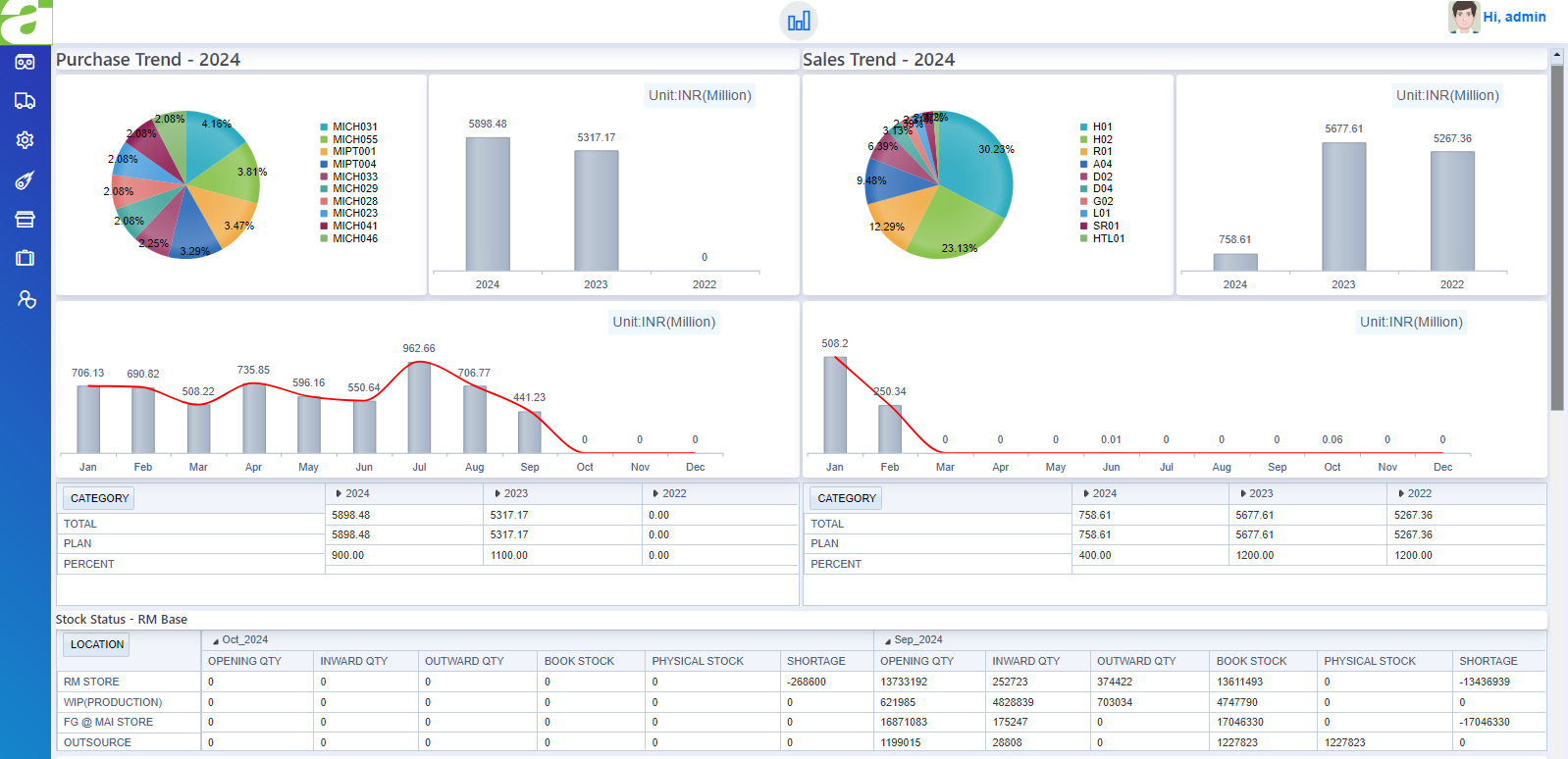



Maintain detailed records of all software and hardware assets, including make, model, serial number, version, installation date and licensing information.Generate audit-ready reports showing the current state of the software and hardware inventory with historical data for compliance or regulatory purposes.
Schedule periodic system scans to automatically detect and log any new hardware or software installations across the network.Set scanning schedules based on the organization’s needs (daily, weekly, or monthly).
Track all software licenses, including the number of purchased licenses, license expirations and the current usage status.Automatically categorize software based on its type (e.g., productivity, security, development) for easier management and compliance reporting.
Automatically detect and flag the installation of unauthorized or prohibited software on any device connected to the network.Set up policies to automatically install required software on newly added or formatted devices, ensuring compliance and efficiency.
Track how often and how long specific software applications are being used on each device.Monitor software usage on a per-user basis to ensure proper utilization of licensed software.Generate reports showing underutilized or unused software to help optimize license renewals and reduce unnecessary costs.
Automatically generate alerts for key events, such as the installation or uninstallation of software and the removal or addition of hardware devices.Configure alert rules based on specific triggers (e.g., prohibited software installations, hardware removals).
A real-time overview of inventory data, KPIs and recent activities for better decision-making and operational control.

If you are looking for the most advanced and complete inventory management system, then we are there to meet your expectations in a precise way as you desire.
Req Demo